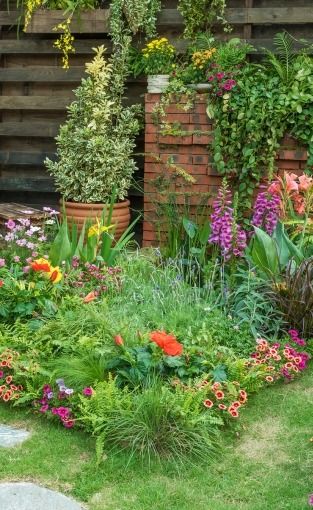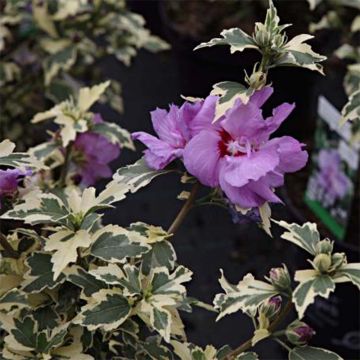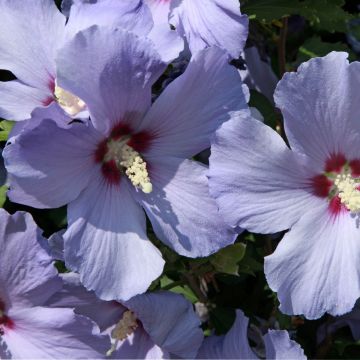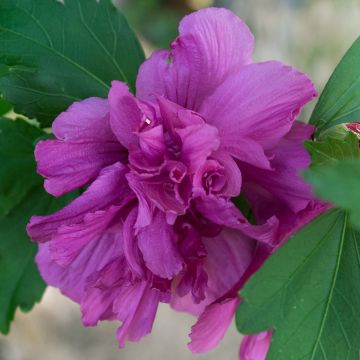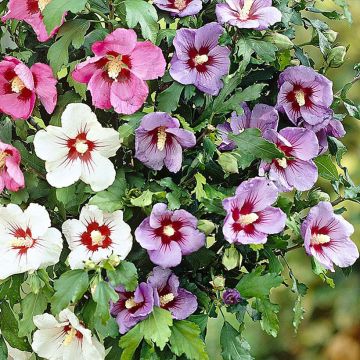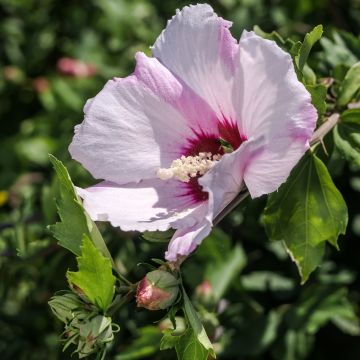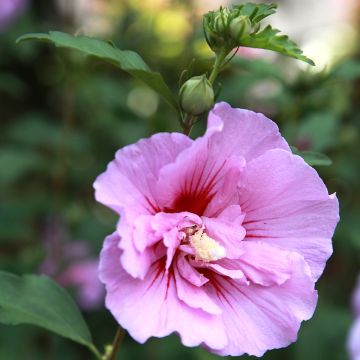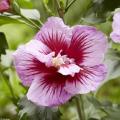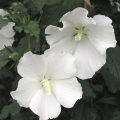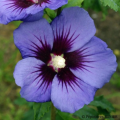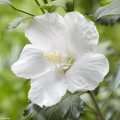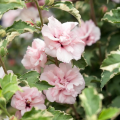Hibiscus syriacus - Rose of Sharon
Would this plant suit my garden? Set up your Plantfit profile →
Available in 2 sizes
Available in 2 sizes
Available in 2 sizes
Available in 1 sizes
Available in 2 sizes
Available in 1 sizes
Our range of Hibiscus bushes. Altheas or tree mallows are the undisputed stars of the summer garden, especially Hibiscus syriacus 'Oiseau Bleu', a variety famous for its flowers with shades of lavender blue around a red heart. These deciduous bushes are prized for their opulent flowering which spreads from summer to autumn. Their flowers come in a range including pure white in 'Totus albus', shades of pale pink ('Rose Moon') to deep pink ('Woodbridge'), red ('French Cabaret Red') and more or less bluish mauve. 'Hamabo' offers a rare colour, entirely variegated with pink and white. Some varieties produce double flowers ('Starbust Chiffon'), others like 'Summer Ruffle' have beautiful variegated foliage. Discover all our varieties on these pages.
To thrive, these Altheas require a sunny location and good, loose and rich garden soil. These adaptable bushes accept different types of soil, provided it does not dry out too much in summer to flower well. Regular watering and a compost application in spring guarantee optimal growth and dazzling flowering.
Haven't found what you were looking for?






























